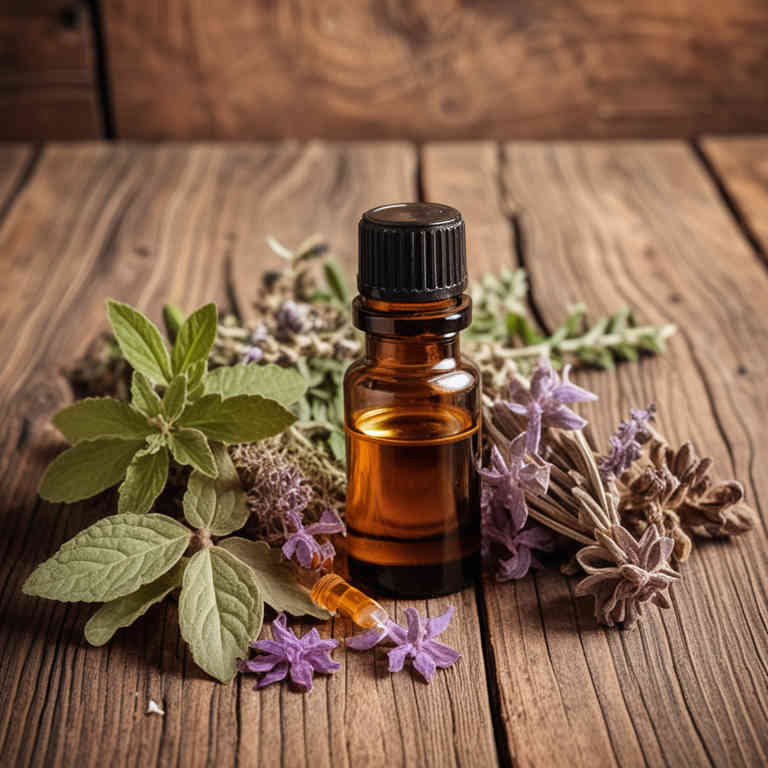Hyptis suaveolens essential oil for medicinal use

Hyptis suaveolens essential oil is a potent aromatic extract derived from the leaves of the hyptis plant, native to South America.
It is widely used in herbalism for its antimicrobial, anti-inflammatory, and analgesic properties. This essential oil is often employed to treat respiratory infections, skin conditions, and digestive issues. It can be used in diffusers, topical applications, or as a component in herbal formulations.
Its refreshing and invigorating scent also makes it a popular choice for aromatherapy and stress relief.
Uses
Hyptis suaveolens essential oil has been used to treat various ailments in traditional medicine for centuries, particularly in South American and African cultures.
It has a long history of use for its antiseptic, anti-inflammatory, and analgesic properties, often applied topically for skin conditions and muscle pain. In modern times, it is valued for its potential in aromatherapy and as a natural remedy for respiratory issues and stress relief. Scientific studies have also explored its antimicrobial and antioxidant effects, supporting its traditional applications.
This essential oil continues to be a subject of interest in both traditional healing practices and contemporary holistic health approaches.
Benefits
Hyptis suaveolens essential oil has health benefits such as anti-inflammatory, antimicrobial, and analgesic properties.
It is commonly used in aromatherapy to alleviate stress and promote relaxation. The oil may also support respiratory health by helping to clear congestion and ease breathing. Additionally, it has been traditionally used to treat skin conditions and reduce pain associated with muscle aches.
Its natural compounds make it a valuable ingredient in holistic health practices.
Constituents
Hyptis suaveolens essential oil active constituents include compounds such as linalool, cineole, and camphor, which contribute to its therapeutic properties.
These components are known for their antimicrobial, anti-inflammatory, and analgesic effects. The oil is commonly used in aromatherapy to relieve stress and promote relaxation. It may also support respiratory health by helping to clear congestion.
Due to its potent nature, it is often diluted before use to ensure safety and effectiveness.
Preparation
To make Hyptis suaveolens essential oil, begin by harvesting fresh leaves and flowers from the plant during its peak growth season.
Wash the plant material thoroughly and allow it to dry in a cool, dark place for 24 to 48 hours to reduce moisture content. Next, place the dried plant material in a glass distillation flask and add a small amount of water, ensuring the plant is fully submerged. Use a steam distillation apparatus to gently heat the mixture, allowing the essential oil to be collected as it evaporates.
Finally, strain the oil to remove any remaining plant residue and store it in a dark, airtight container for optimal potency and shelf life.
Side Effects
Hyptis suaveolens essential oil may lead to skin irritation or allergic reactions in some individuals, especially when applied undiluted.
It is known for its antiseptic, anti-inflammatory, and analgesic properties, making it popular in aromatherapy and traditional medicine. However, excessive use or ingestion can cause gastrointestinal discomfort, nausea, or vomiting. Prolonged use may also lead to liver toxicity in sensitive individuals.
It is important to consult a healthcare professional before using this essential oil, particularly for those with pre-existing medical conditions or who are pregnant.